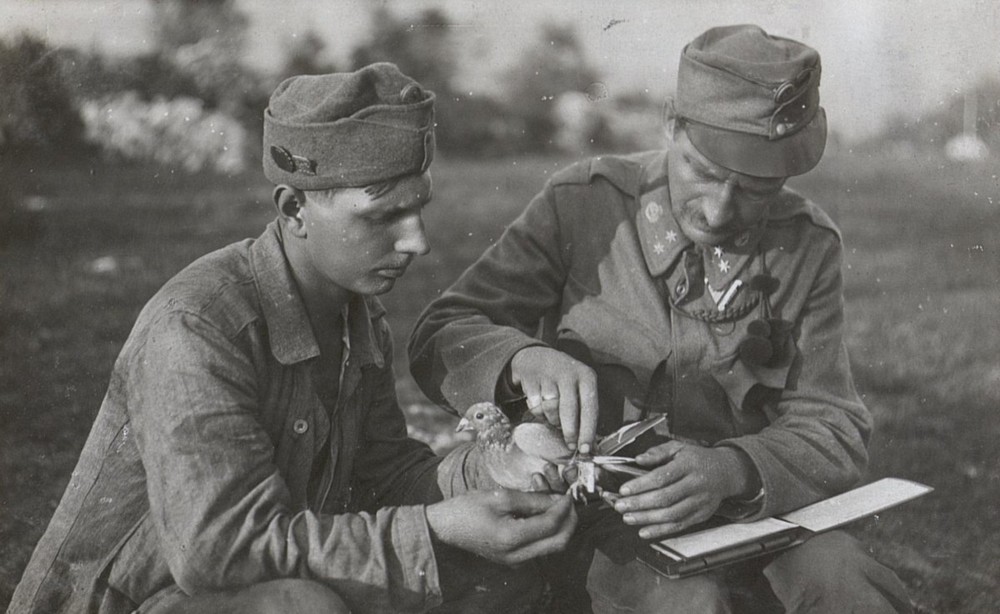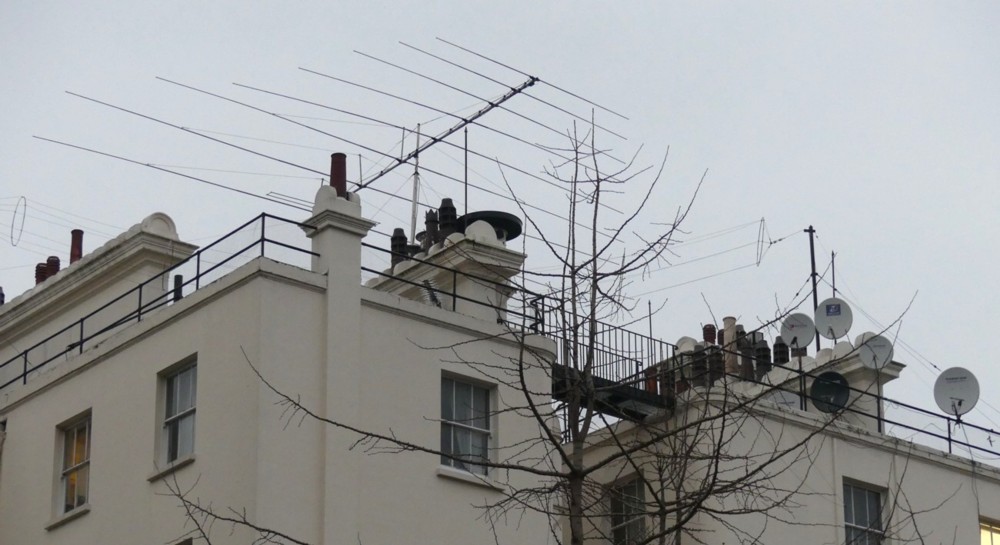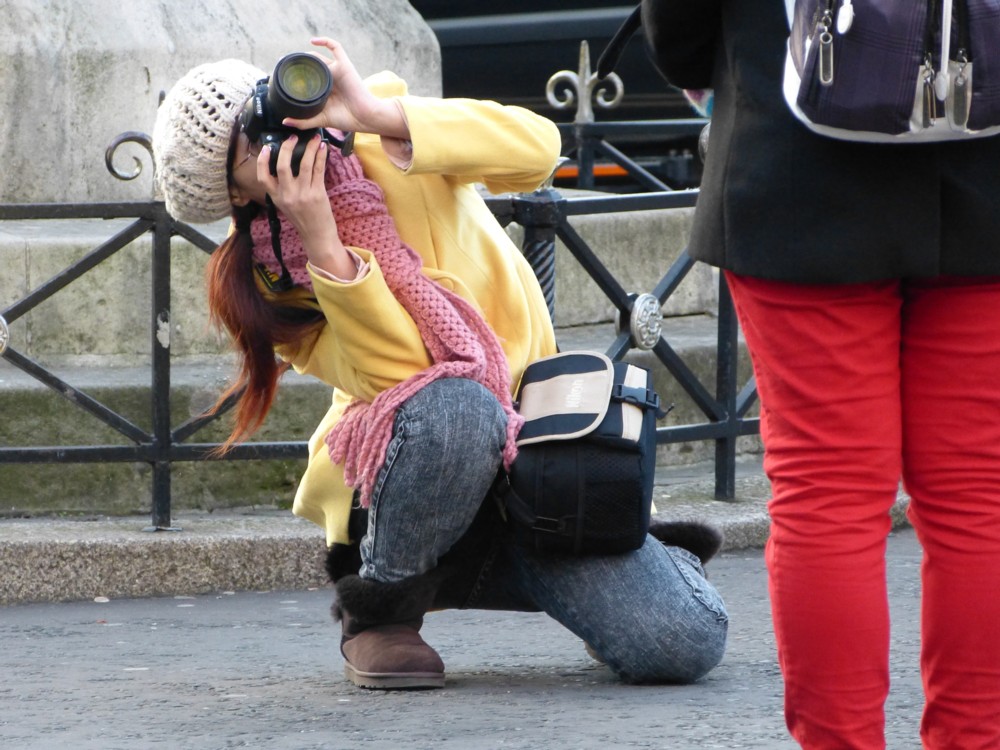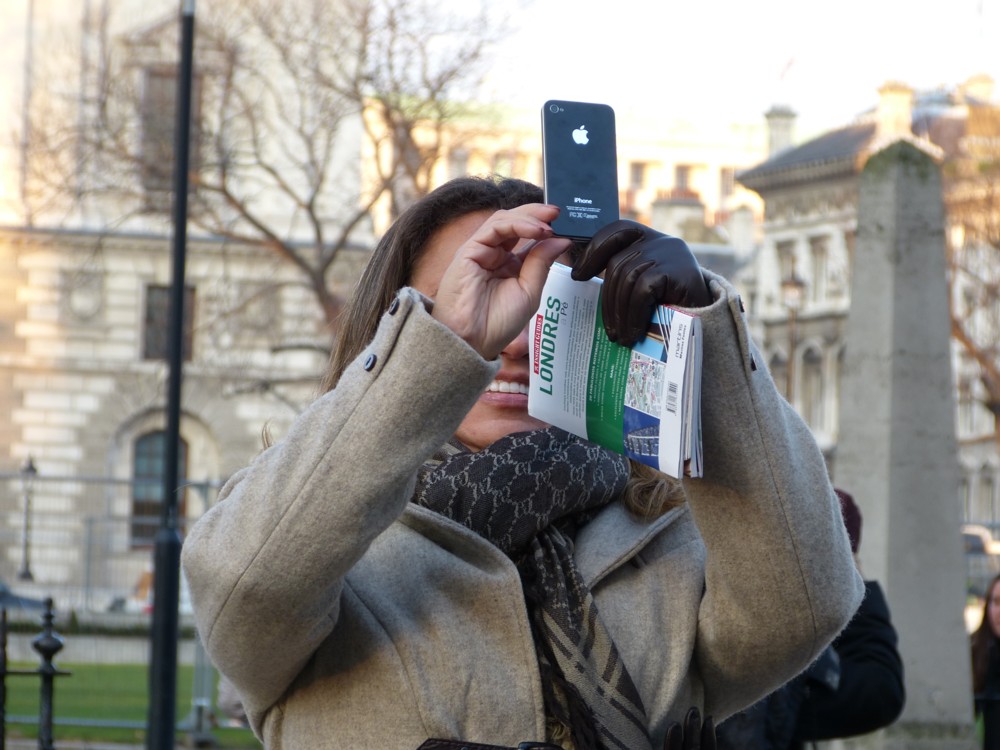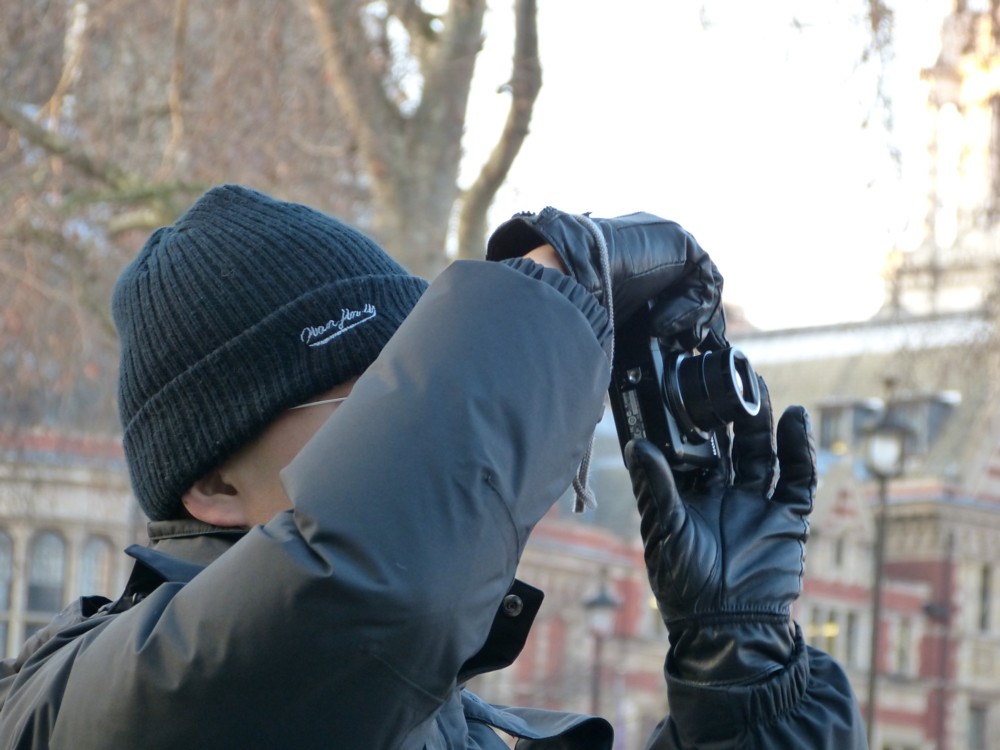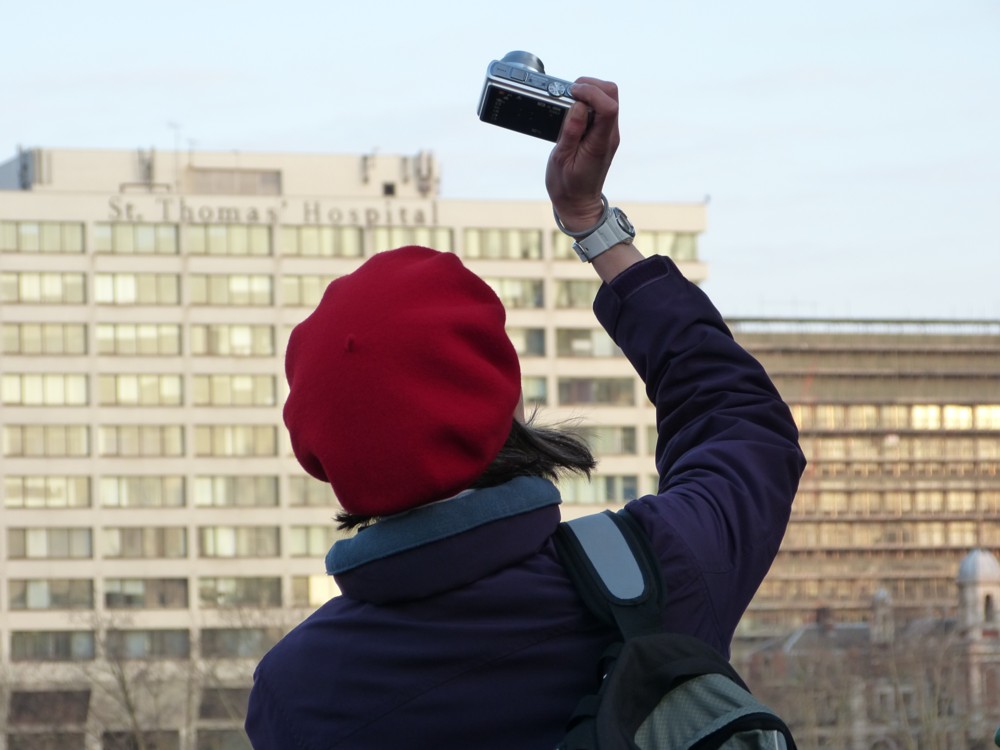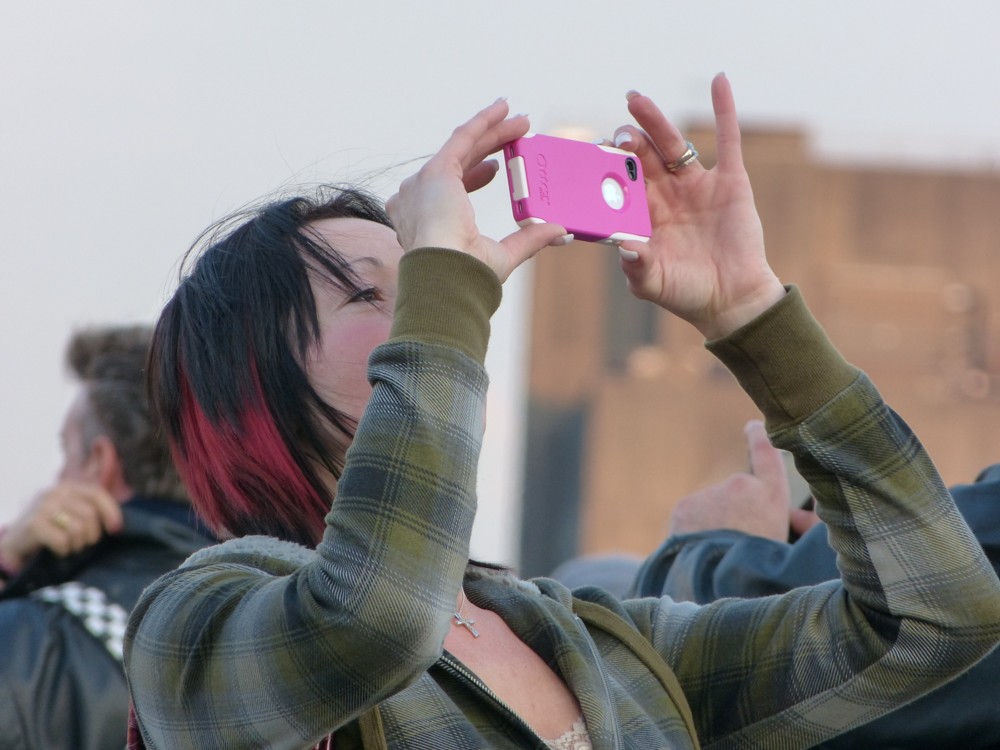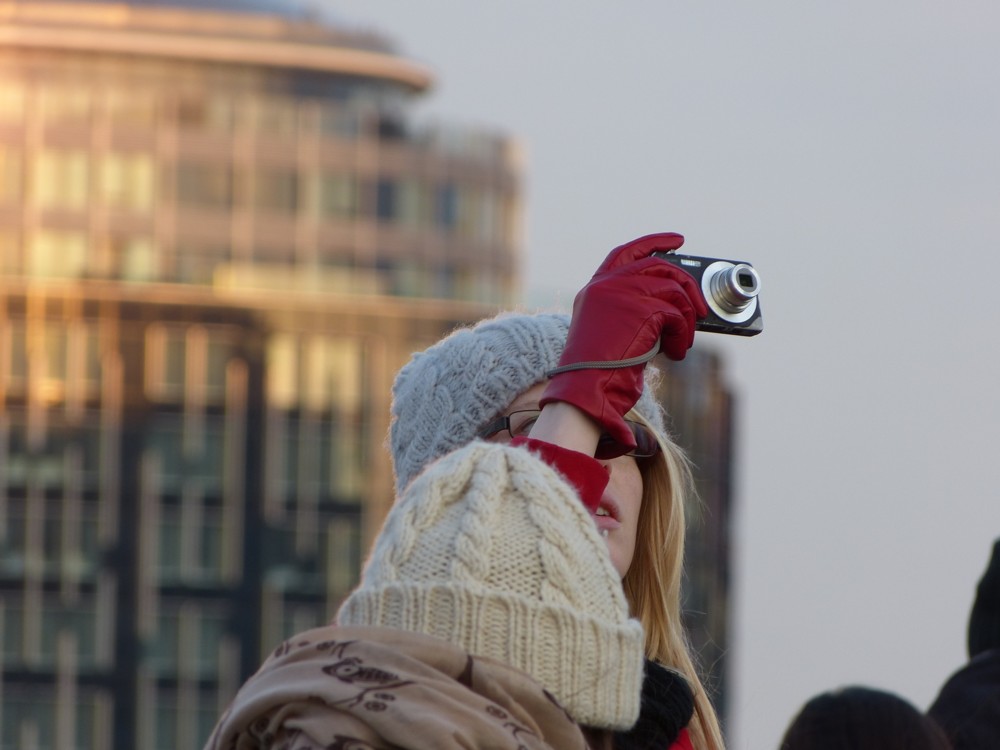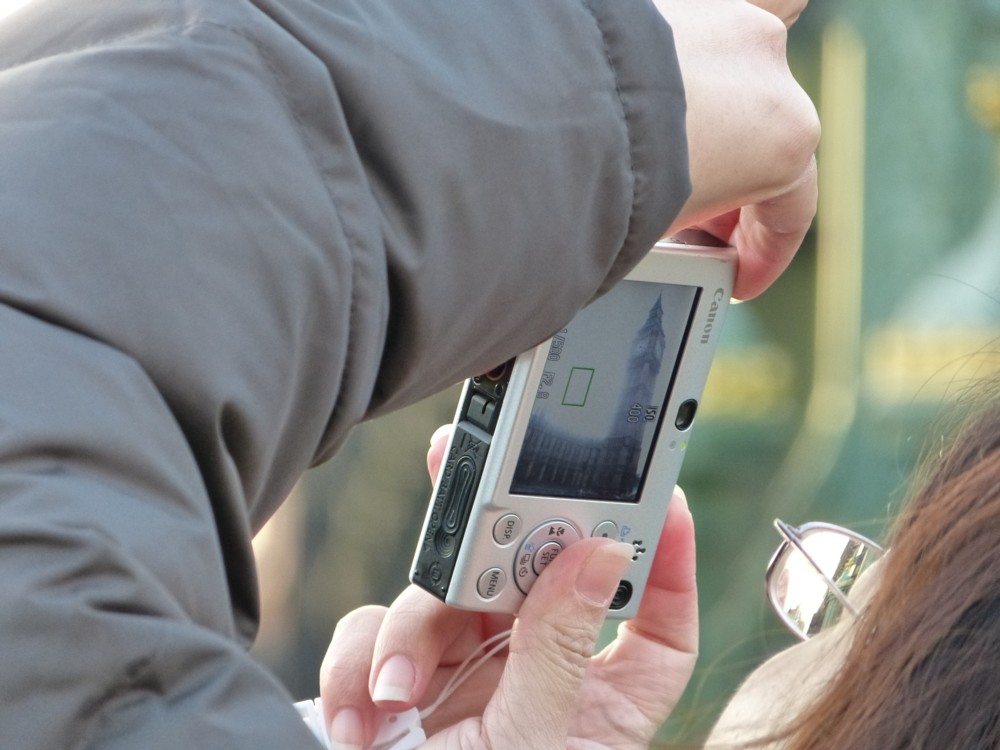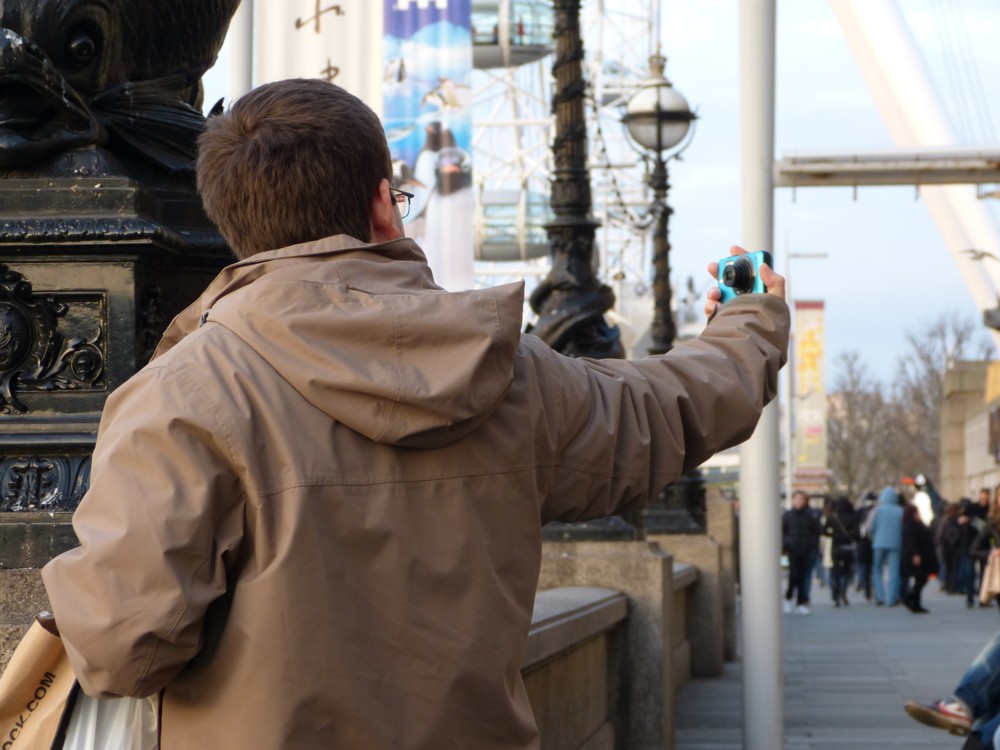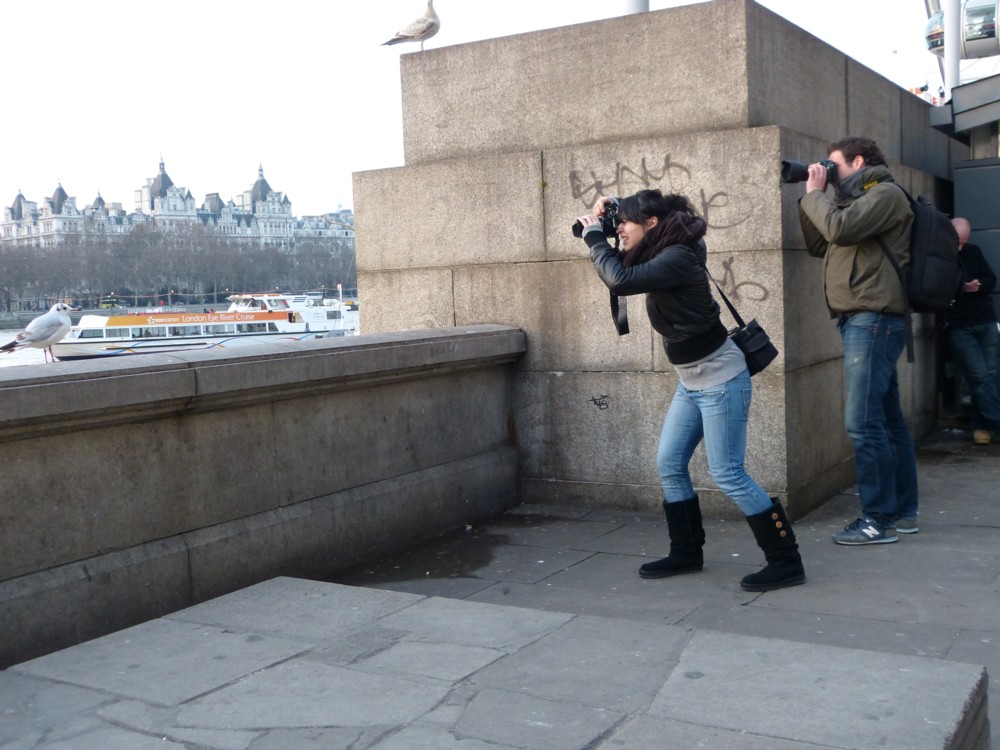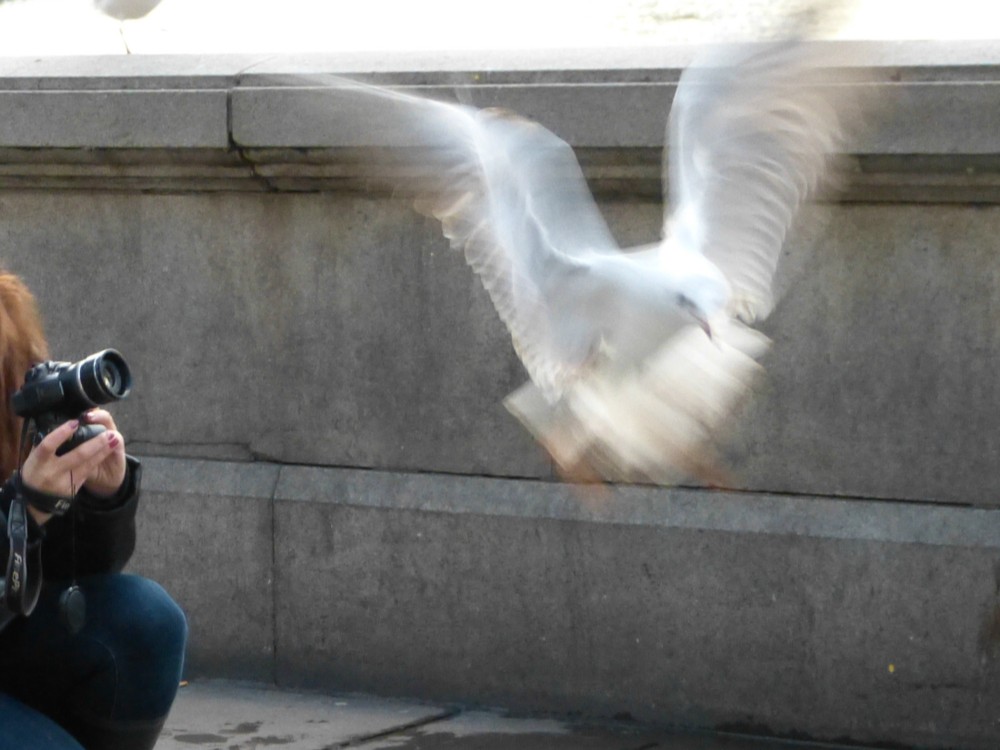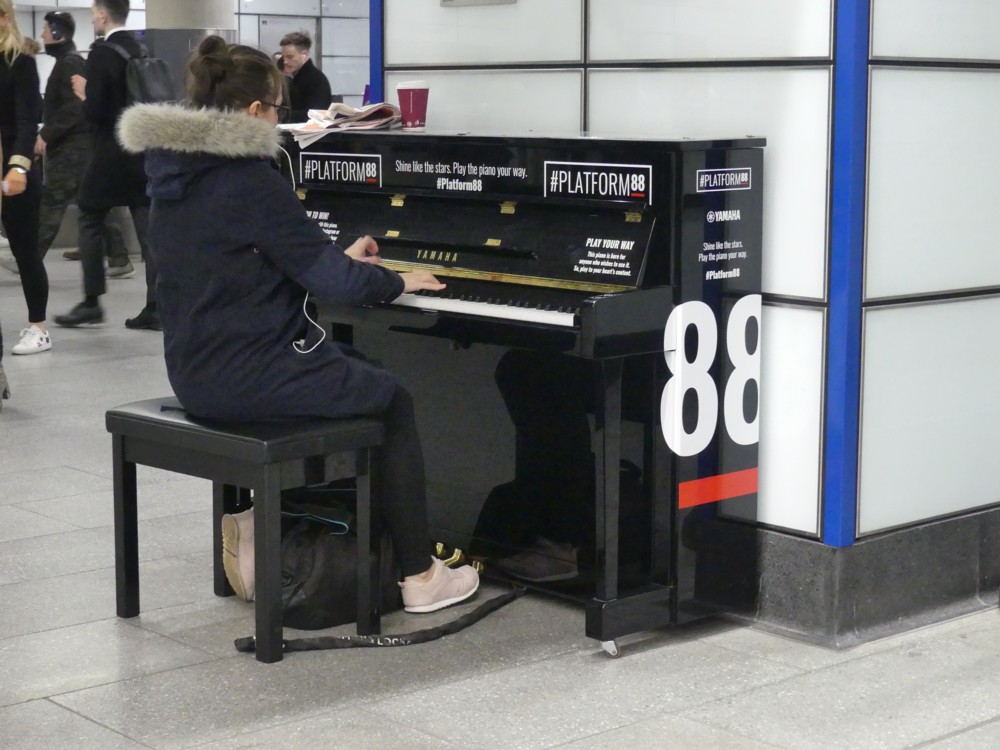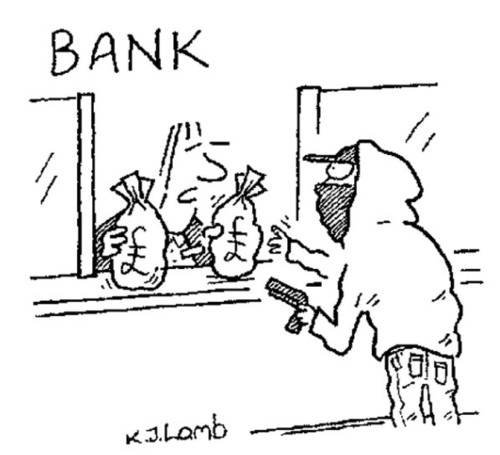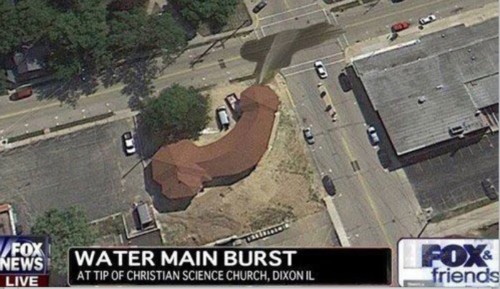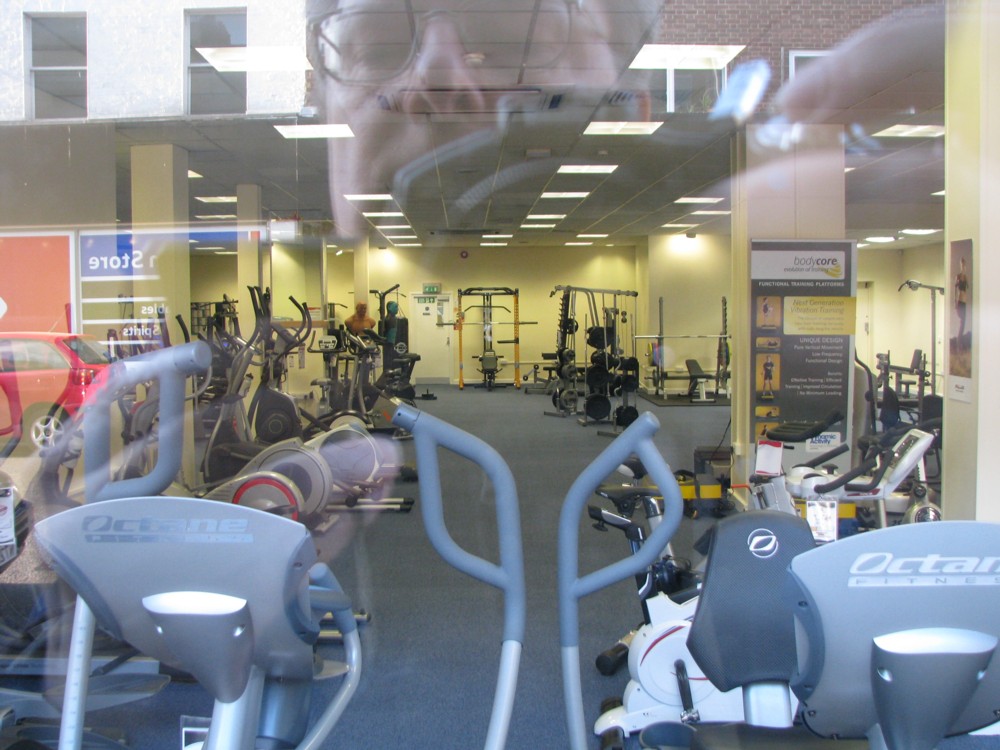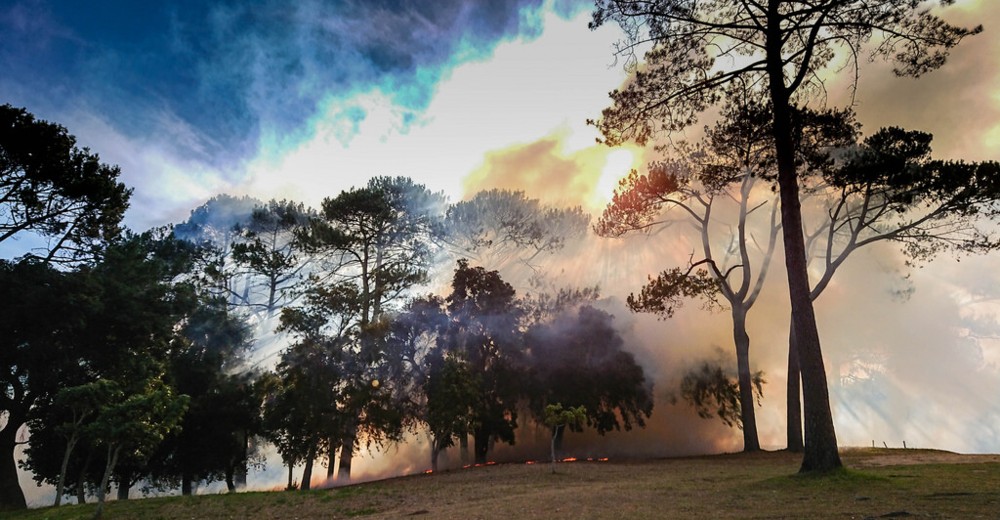One of the photos illustrating this report:
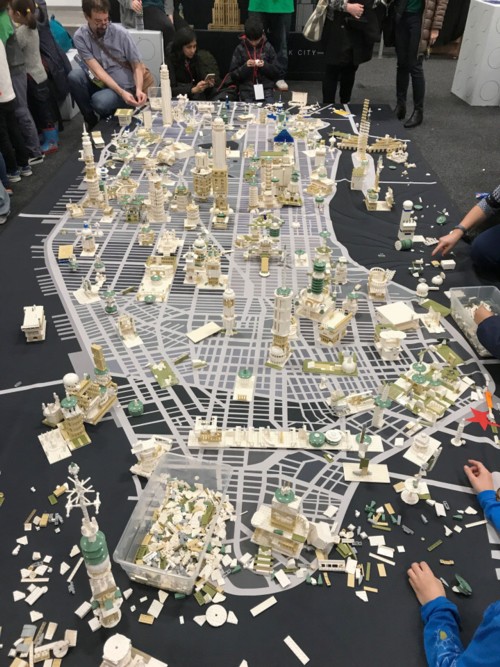
Can we please have a Lego London?
I just typed “lego london” into google, not expecting anything helpful. A Lego cow in London. Lego shops in London. General Legonic activity of all kinds, in London. I did not expect to be told, right at the top of the list, about making London in miniature, out of Lego. But, I was immediately shown this:

Cancel my request for Lego London. It already exists, and it is very bad. Indeed, I would say that using Lego to mimic a very particular looking thing on a tiny scale is the very essence of what Lego is bad at doing, and the fact that Lego seems to spend so much of its time and trouble and focus and resources doing this exact thing spells its long-term doom. The whole point of Lego, surely, is that you can make everything – everything, that is to say, that you can make out of it – with a few generic shaped objects. Just like the Meccano of my youth, in other words, but architectural rather than mechanical. A big Tower Bridge, yes, good idea. A big Big Ben, not bad. But tiny versions of these, stupid and totally unrealistic? See above. Stupid.
For that, what you need is a 3D printer. And the smaller you make your small buildings, the more of them you can have in one spread.
A subset of them could be made to be exactly the right size for making buildings to attach to miniature railway layouts. So, do railway modellers use 3D printers, to make, not trains, but train layout appendages? It would make sense.
I just image googled railway modelling 3d printer, and got mostly 3D printed trains and train bits, rather than architecture.
Could making such models be the domestically owned 3D printer killer app? Because so far, a domestically owned 3D printer killer app has been conspicuous by its total absence, and any company which has tried to make its fortune making domestically owned 3D printers has gone bust. Such modelling – trains and houses and mountains and stuff – was all the rage when I was a kid, but all that has since been replaced by computer games. But might not those computer games in their turn come to seem rather dated? As is not the making of things now returning to the rich countries again, now that the computer guys are applying their wizardry to stuff-making? Conceivably, toys may some time soon become three dimensional and material again, with swarms of robot cars and lorries replacing the trains.
Probably not, because things seldom just come back into style like that, any more than dance bands ever did or ever will. More likely, the kid’s games of the future will involve some variation on virtual reality, which is to say they’ll be computer games only more so. If so, we might see a further reduction in the crime rate (see below).

